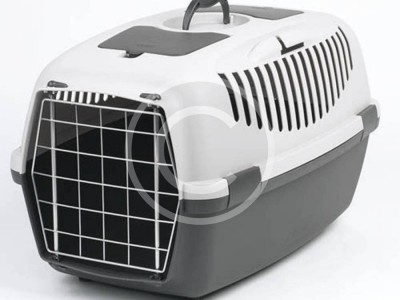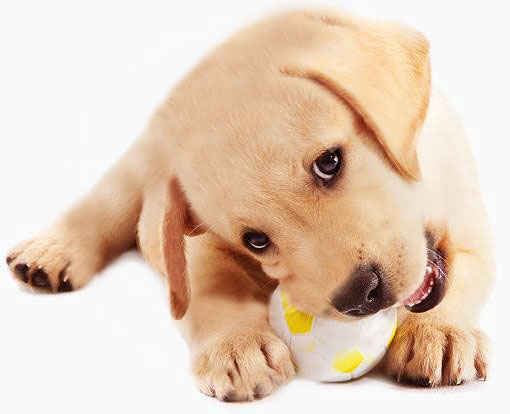Dog Nutrition Needs – Love Your Pet
Love and Learn Your Dog Nutrition needs
Must know tips and information to educate yourself with.

🐶 Understanding Your Dog’s Nutrition Needs
When you welcome a dog or puppy into your life, you’re making a long-term commitment. Along with love and companionship, you are now responsible for every aspect of their wellbeing — including their dog nutrition needs.
Dogs rely on us completely for their health, happiness, and proper care. That includes making informed choices about their food, exercise, grooming, and overall lifestyle.
🏡 Choosing the Right Dog for Your Life
Before you bring home a puppy or dog, it’s essential to plan wisely.
✅ Start with a Reputable Breeder
If you’re buying a puppy, consider only registered breeders who care about the dogs’ welfare and future homes.
They typically:
-
🧬 Provide information about vaccinations and breed-specific health issues
-
🐾 Ensure pups stay with their mum and siblings for at least 8 weeks
-
💬 Offer guidance on nutrition and early care
Removing a puppy too early may lead to developmental and behavioural issues later in life.
🔍 Research the Breed Before You Decide
Different breeds have very different needs — especially when it comes to energy, nutrition, and exercise.
🐕 High-Energy Breeds
Working breeds like Border Collies or Kelpies are highly active and require:
-
🏃♂️ Daily physical exercise
-
🧠 Mental stimulation
-
👫 Early socialisation with other dogs and humans
🛋️ Low-Energy Breeds
Other breeds are more relaxed, but they may:
-
🍽️ Eat more or have specific dietary requirements
-
💰 Cost more in food and healthcare
-
✂️ Need regular and breed-specific grooming (e.g., Poodles, Malamutes)
📝 Always consider your lifestyle, schedule, and resources before choosing a breed.
🥩 Fulfilling Your Dog’s Nutrition Needs
Nutrition is not one-size-fits-all. Meeting your dog’s nutritional needs is just as important as meeting their social or emotional needs.
-
🐕 Puppies need high-calorie, growth-supportive food
-
🐶 Adult dogs require a balanced diet based on age, activity level, and breed
-
🧓 Senior dogs may benefit from specific supplements or joint-support formulas
For optimal health, consult your vet or a canine nutritionist to tailor your dog’s diet to their needs.
🚫 The Cost of Poor Planning
Sadly, many dogs are surrendered or abandoned because their owners didn’t think ahead.
😔 The Emotional Rush vs Long-Term Responsibility
Far too often, people bring a puppy home in a moment of emotional excitement. However:
-
🍼 Puppies grow — fast
-
💩 They require time, patience, and consistent care
-
🧾 They come with lifelong responsibilities and costs
When reality hits, some owners walk away, leaving innocent dogs:
-
🏚️ Homeless or abandoned
-
🐾 Confused and traumatised
-
😢 In shelters, possibly facing euthanasia
🐾 Be a Responsible Pet Owner
Before you make the decision to bring a dog into your life:
-
🧠 Think through the long-term commitment
-
💬 Talk to experts — breeders, vets, trainers
-
📚 Research breed, food, grooming, and exercise requirements
❤️ Your Dog Deserves the Best
By taking the time to plan ahead and fully understand your dog’s nutrition needs, behavioural needs, and breed-specific care, you give them the best chance at a happy, healthy life.
And in return, you’ll receive a lifetime of love, loyalty, and companionship.








